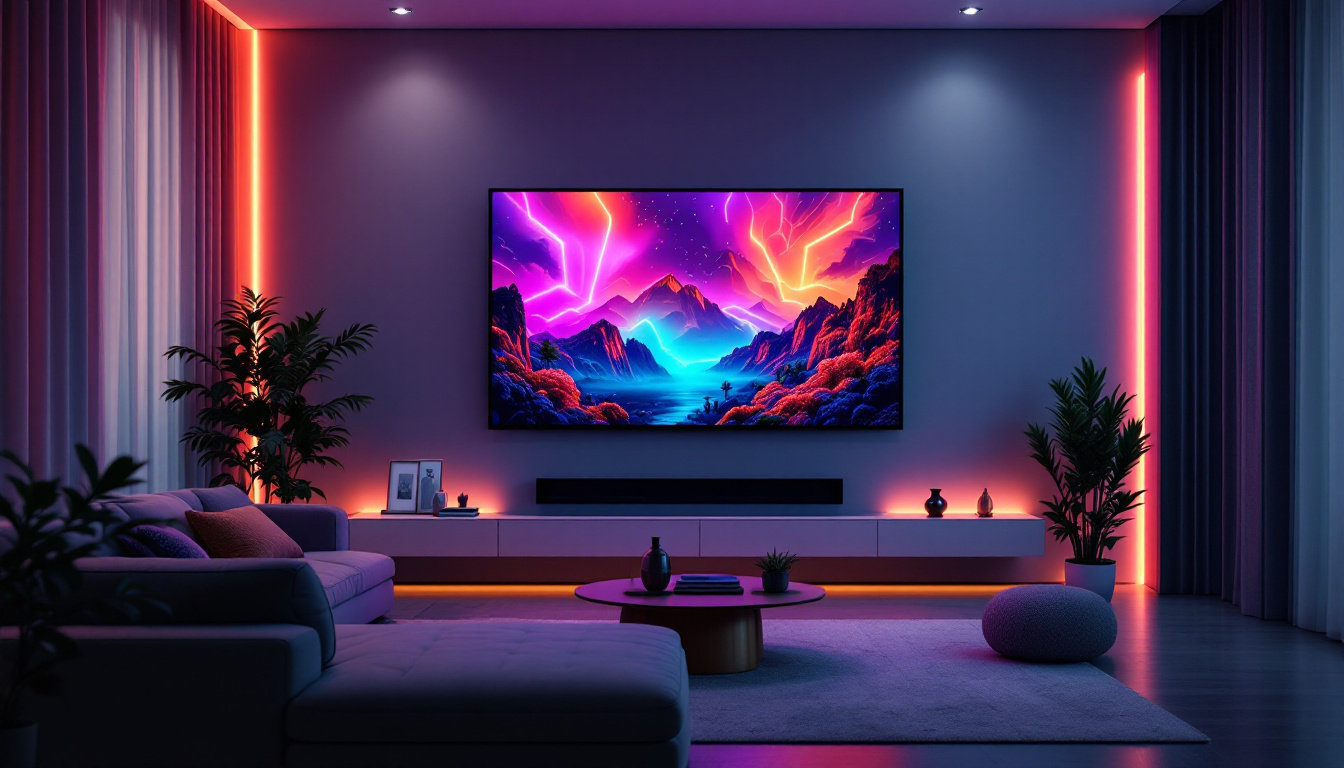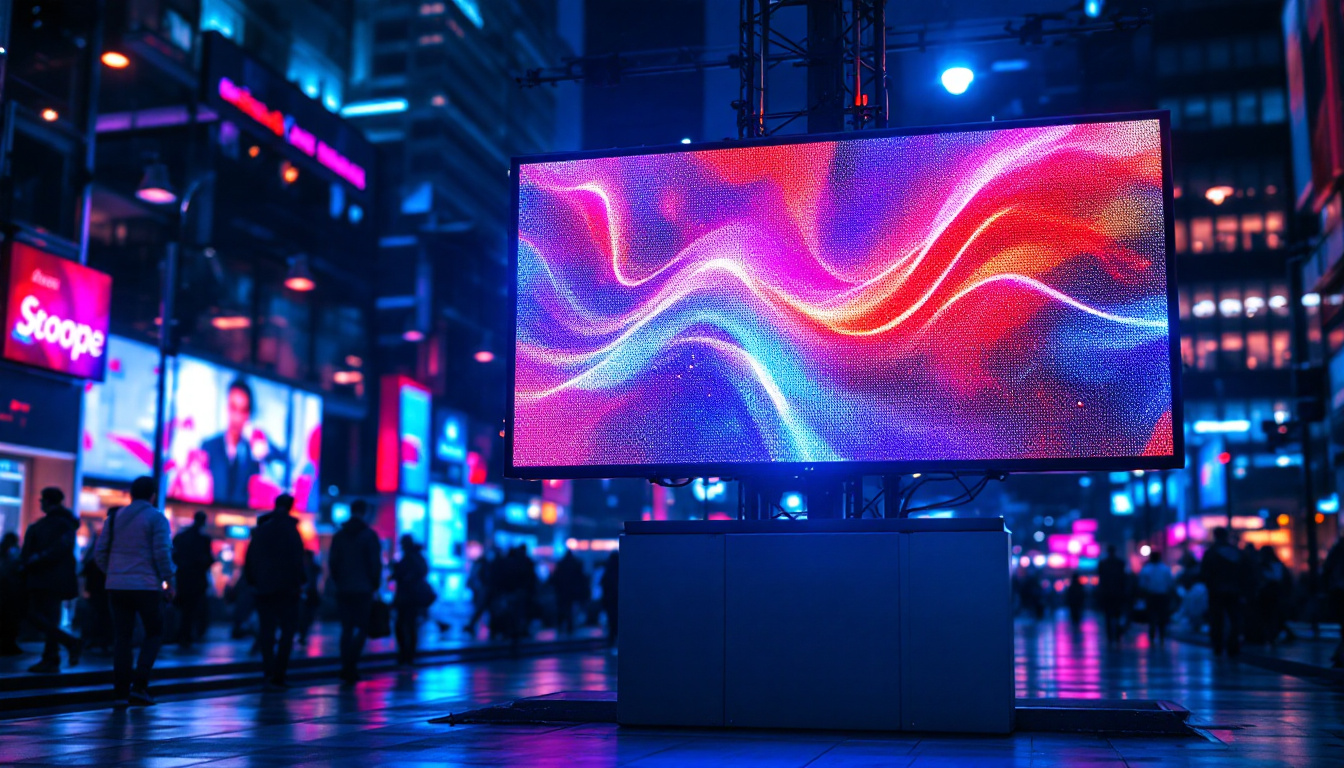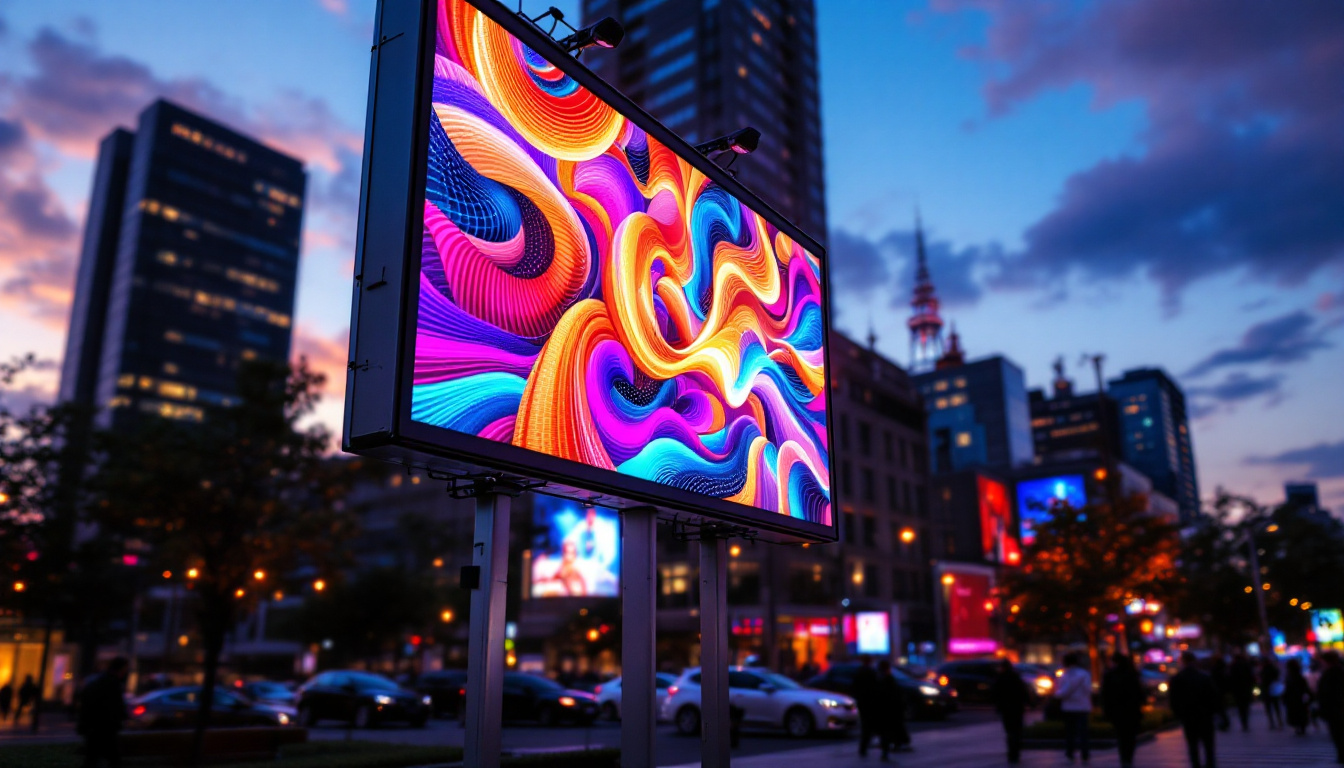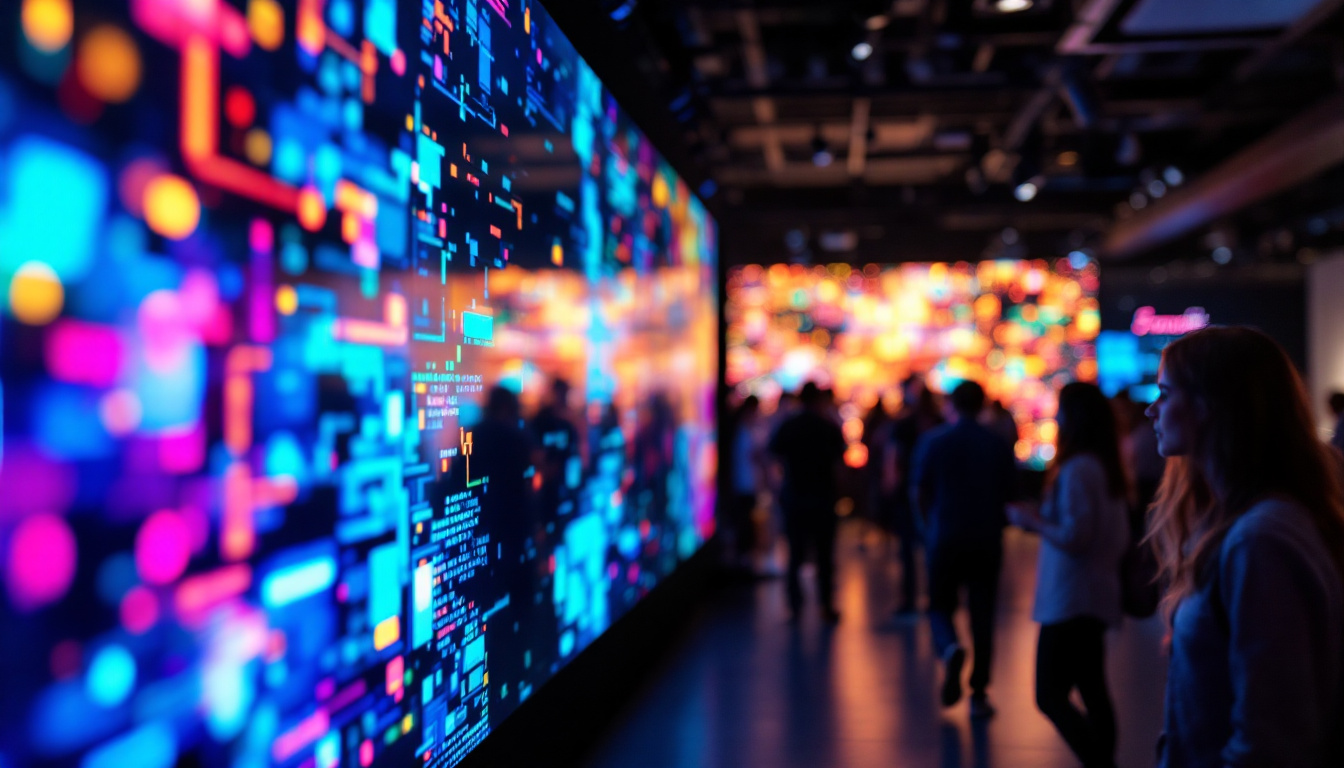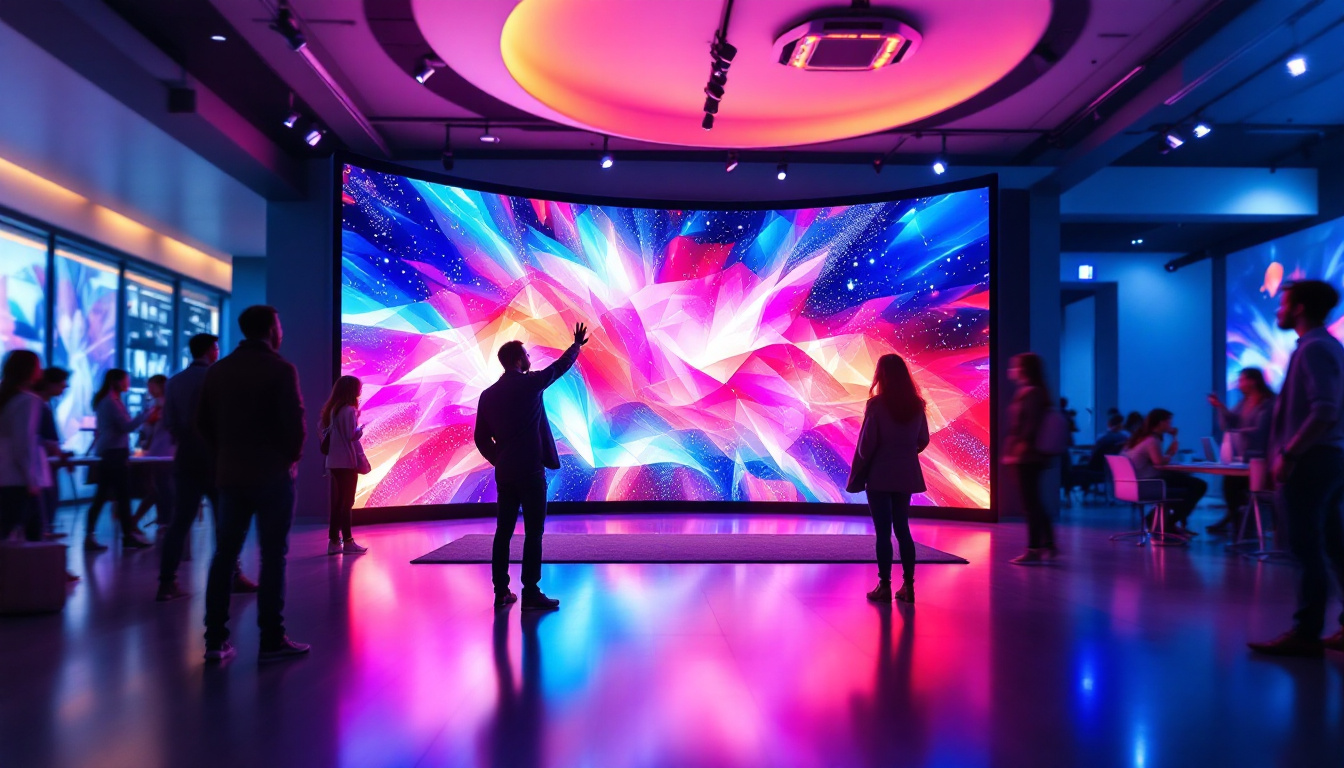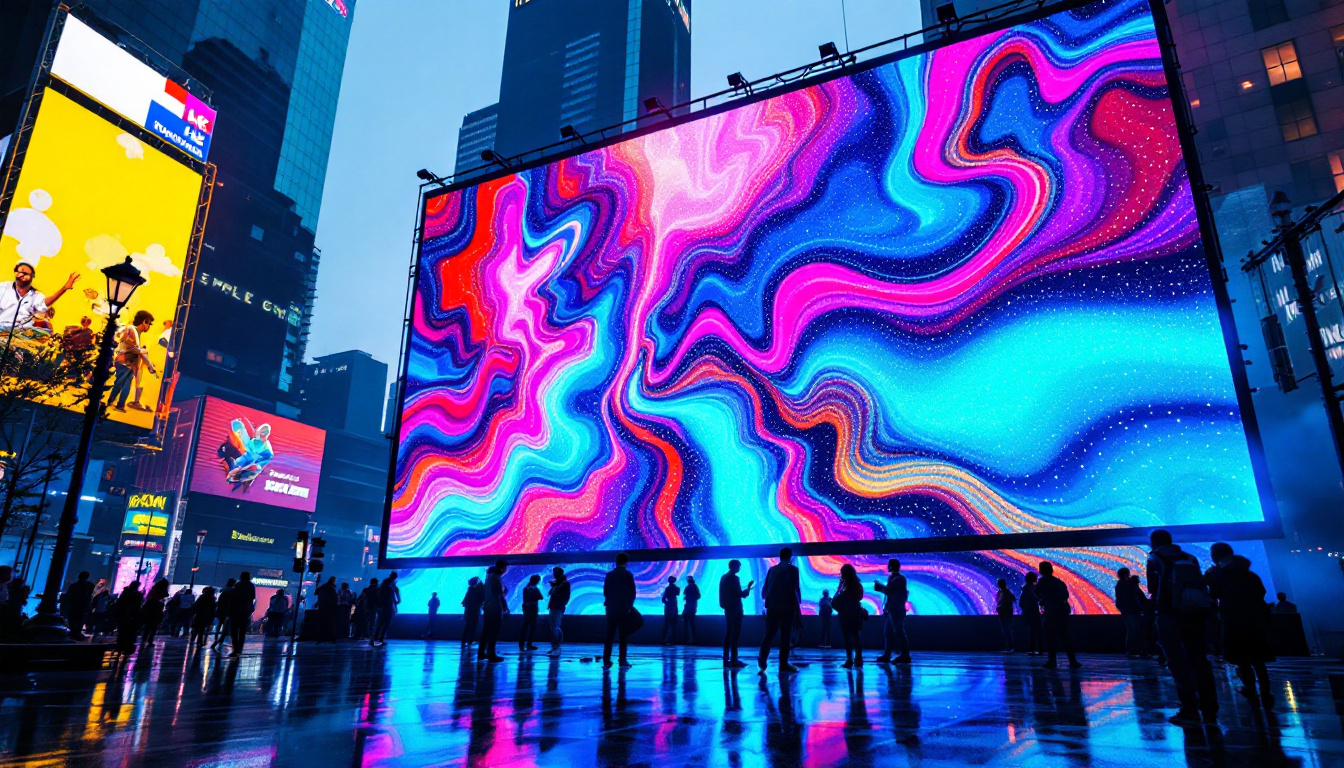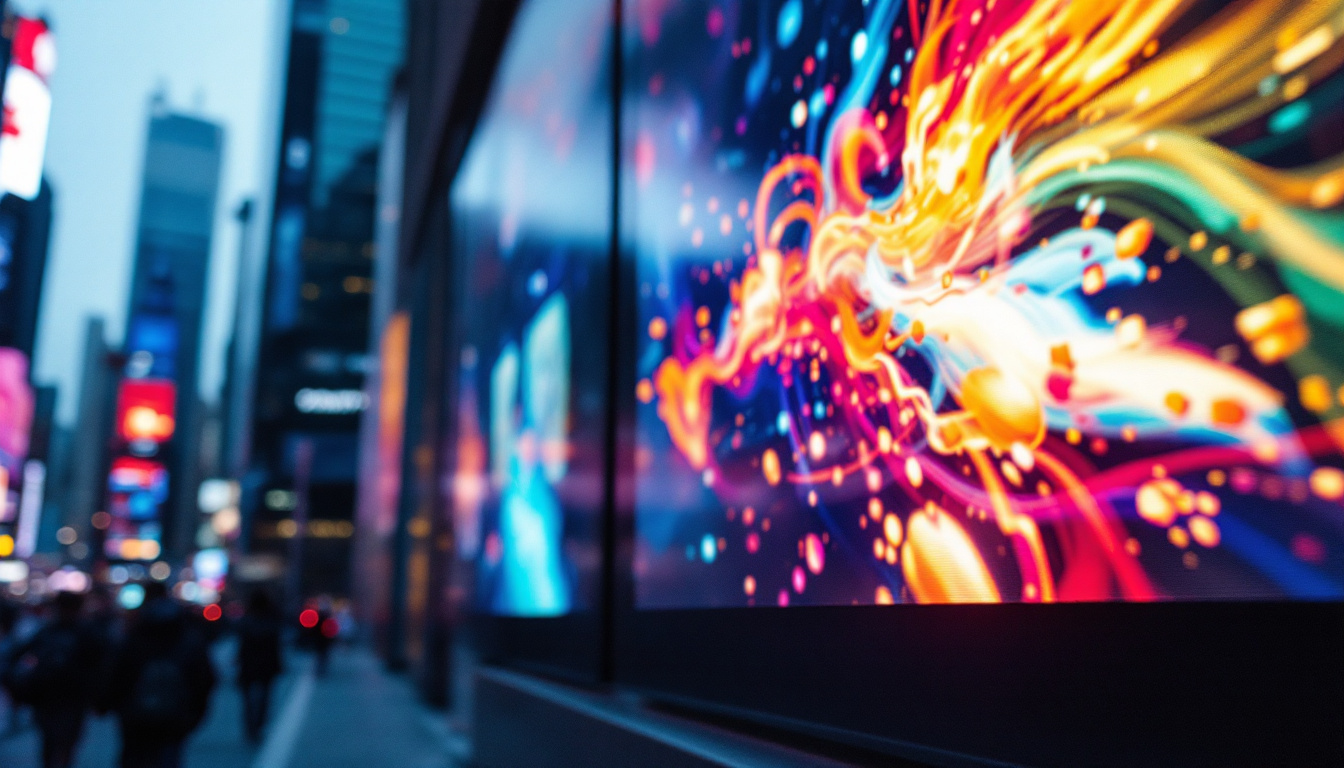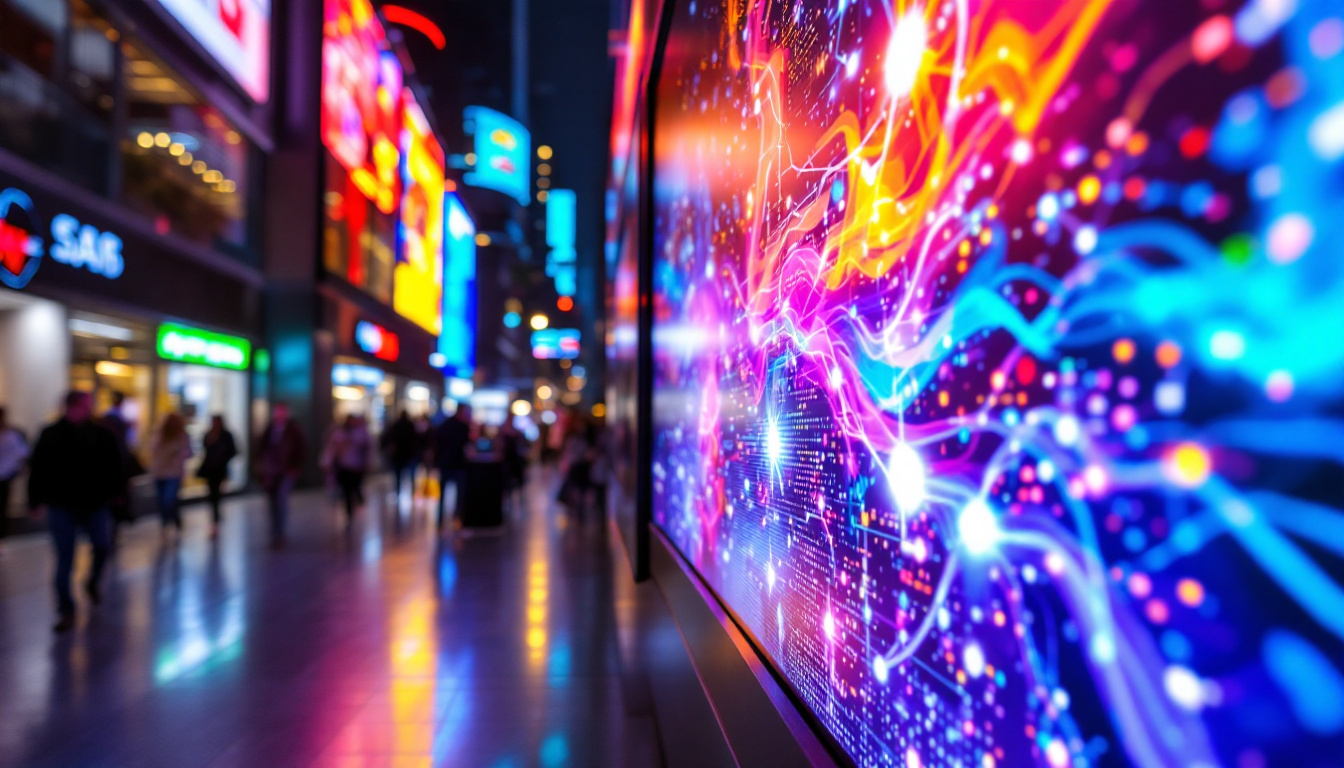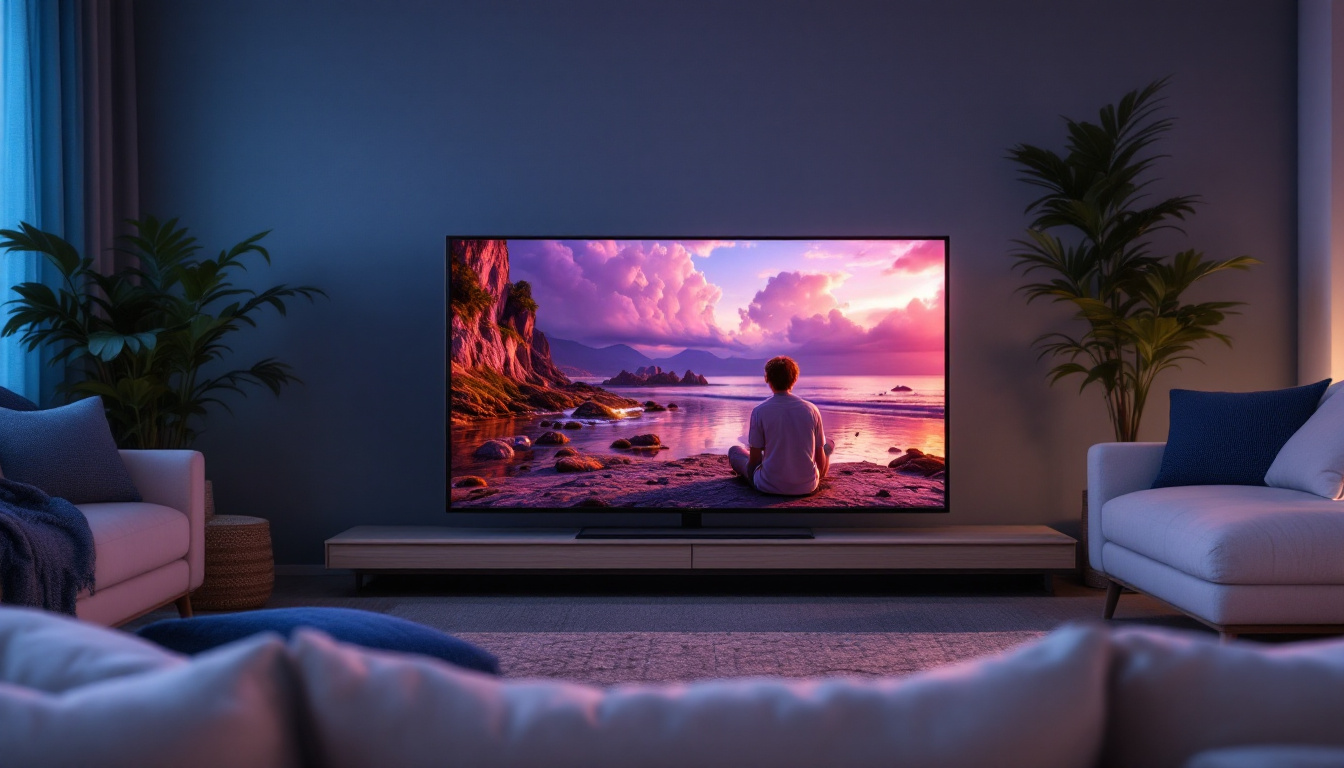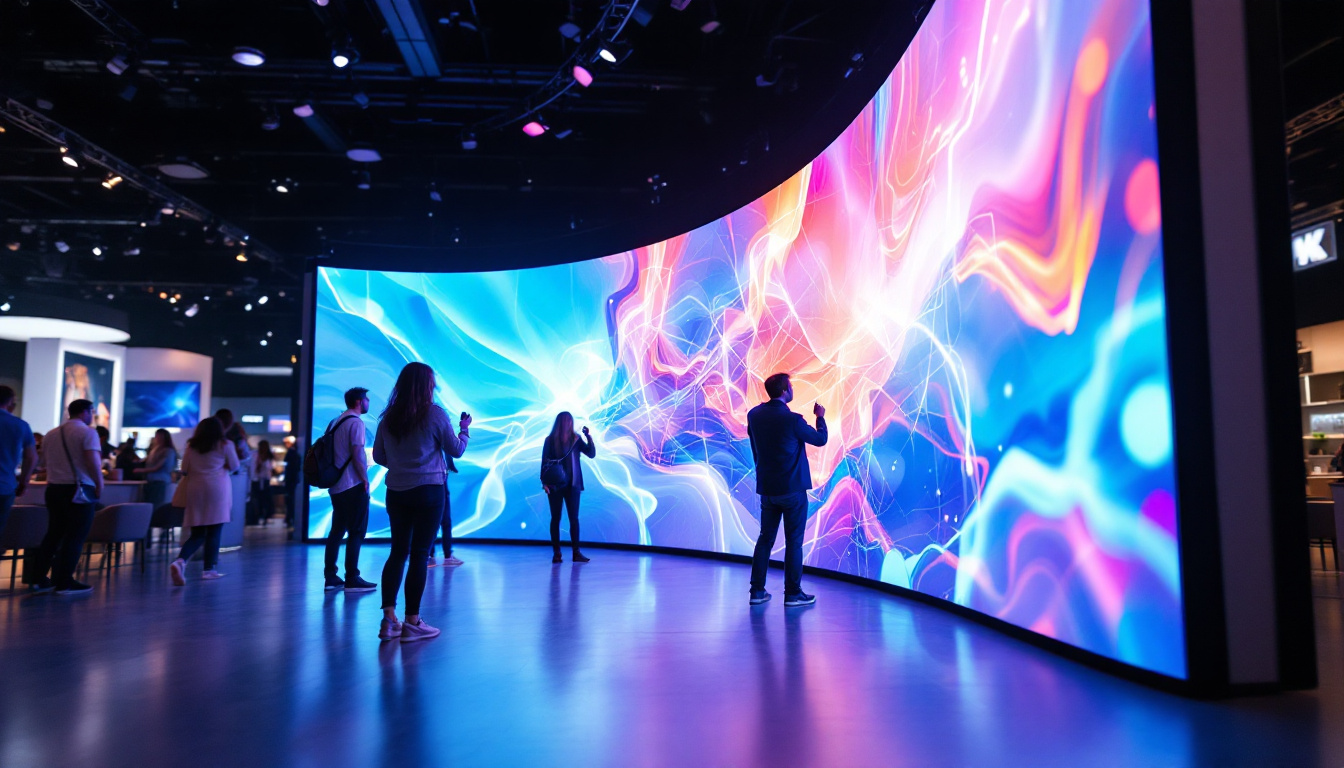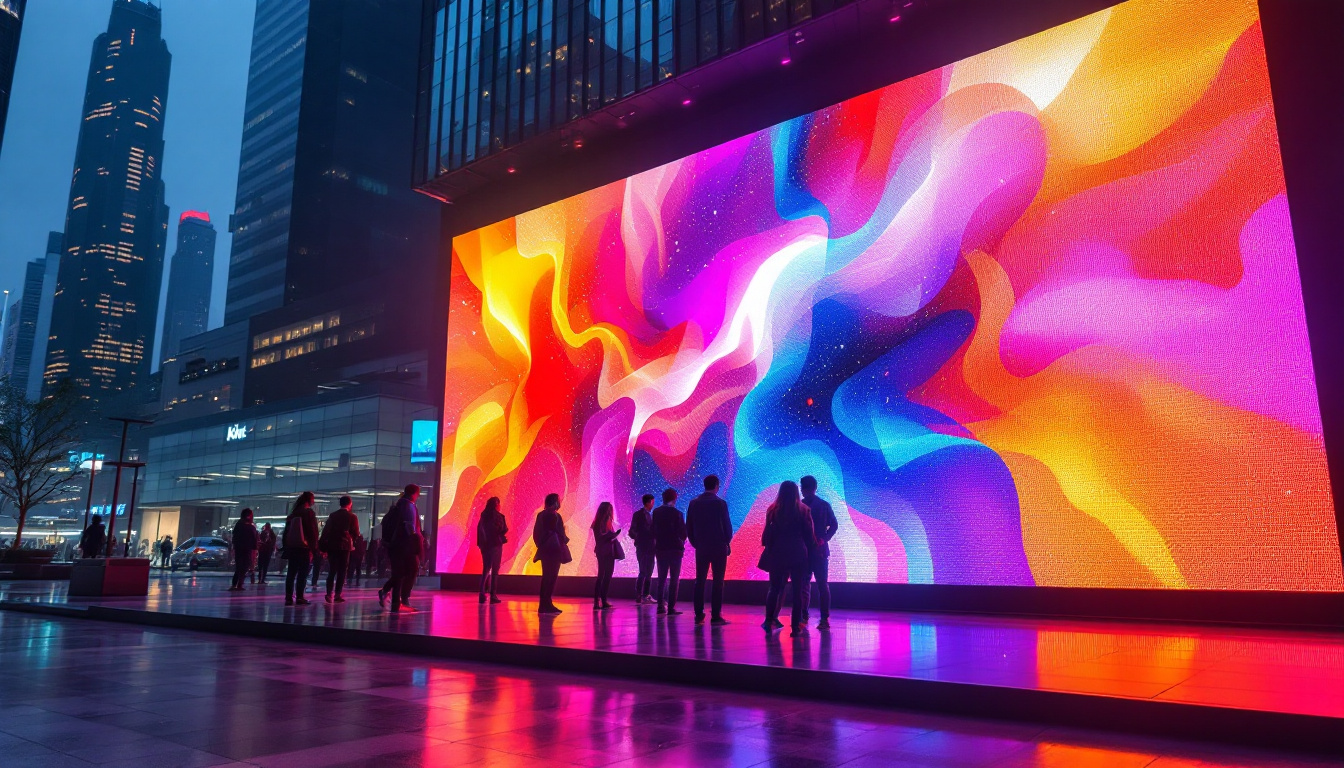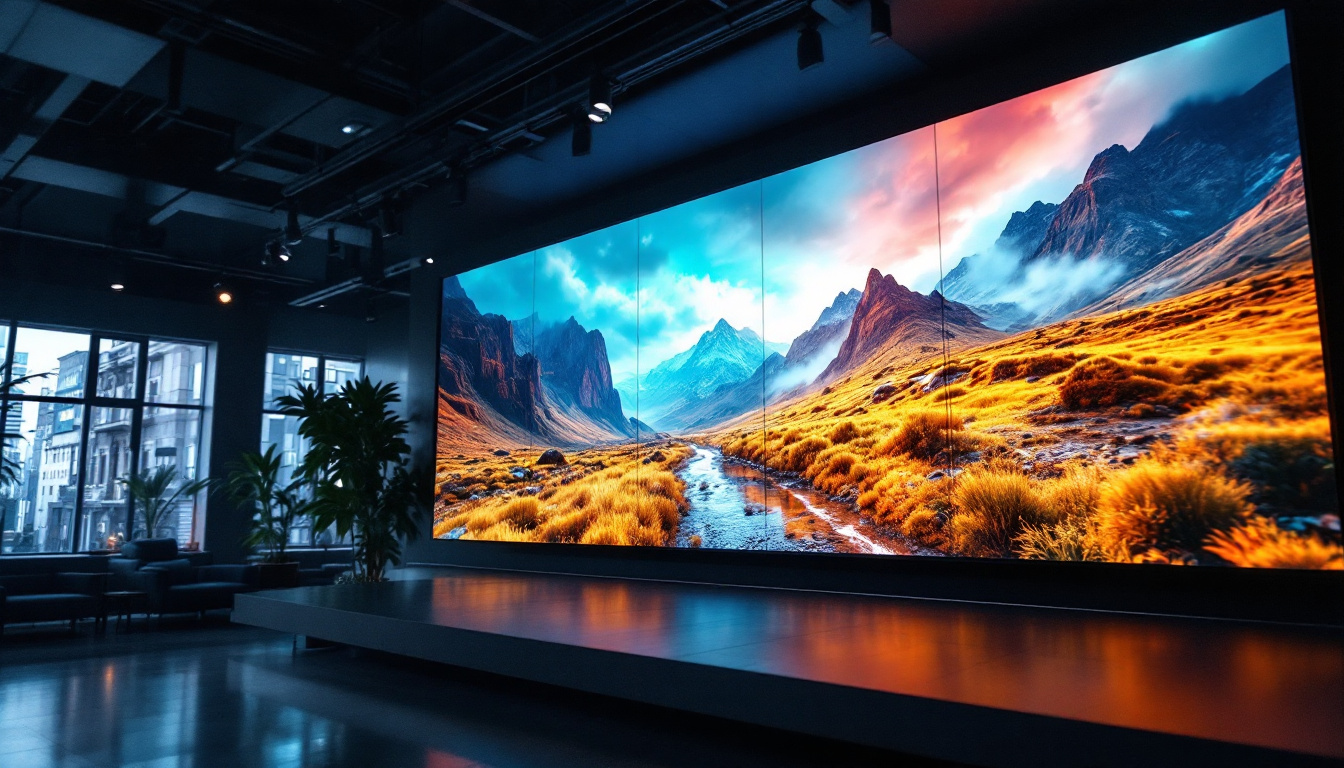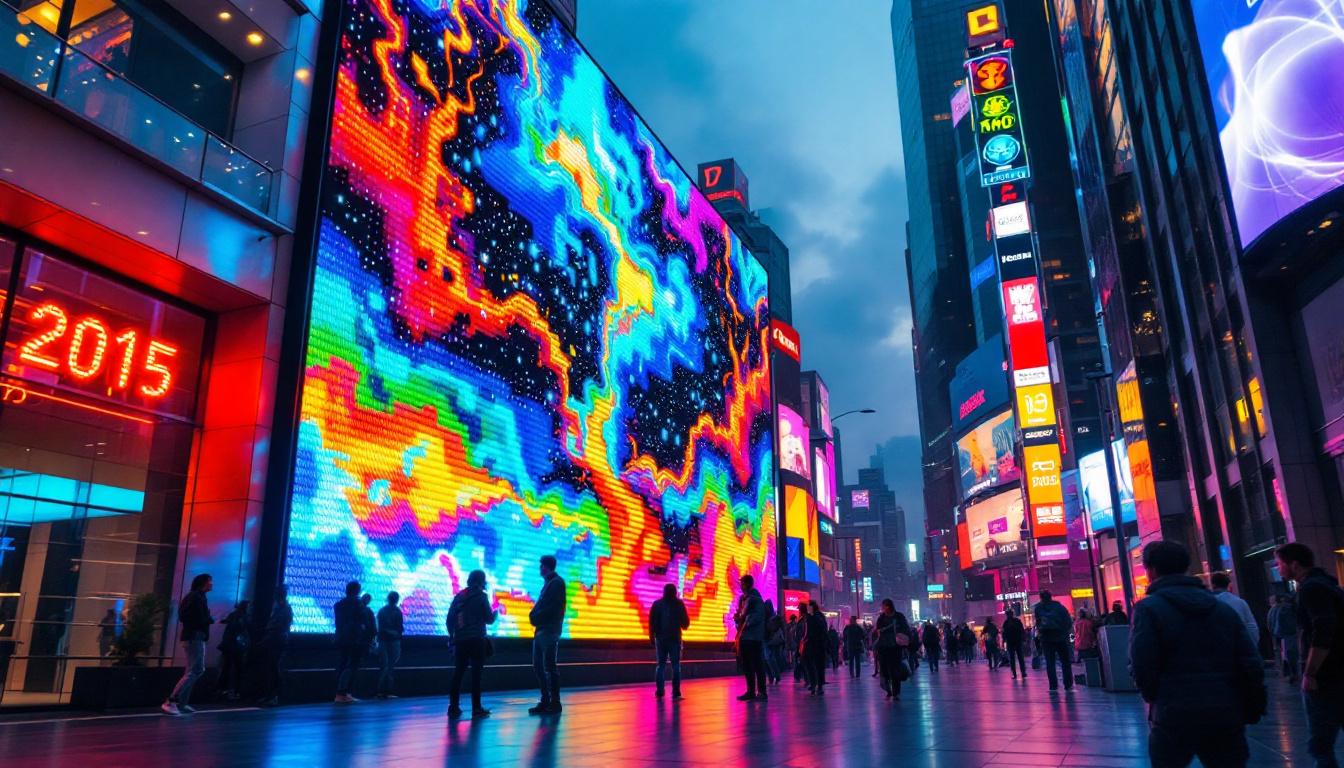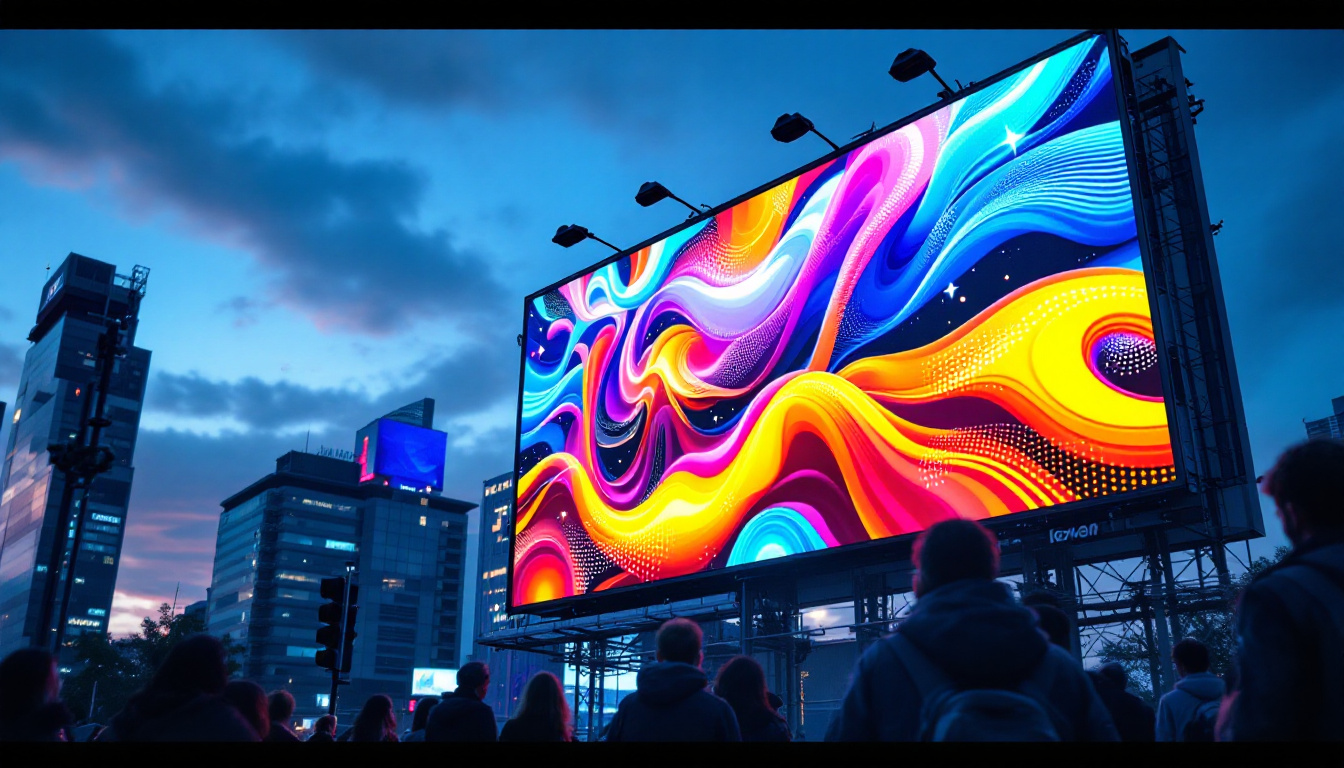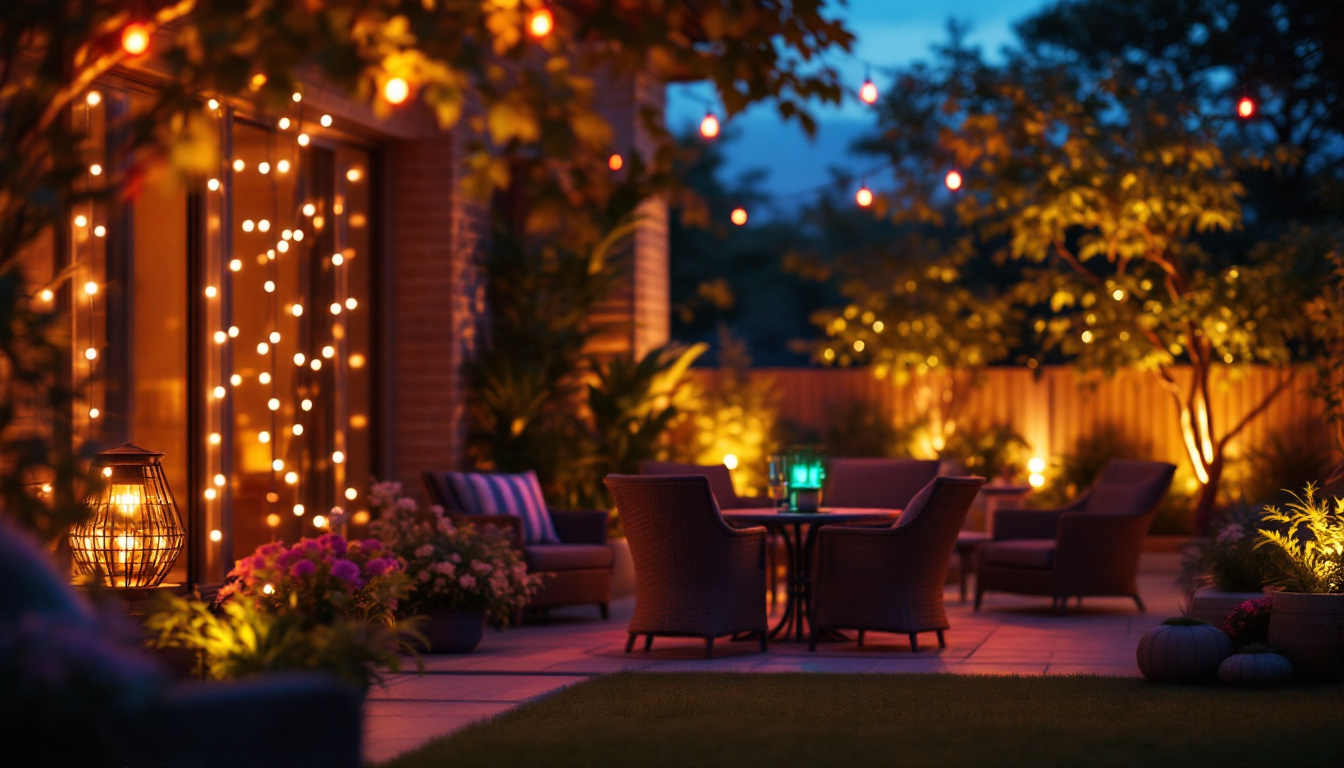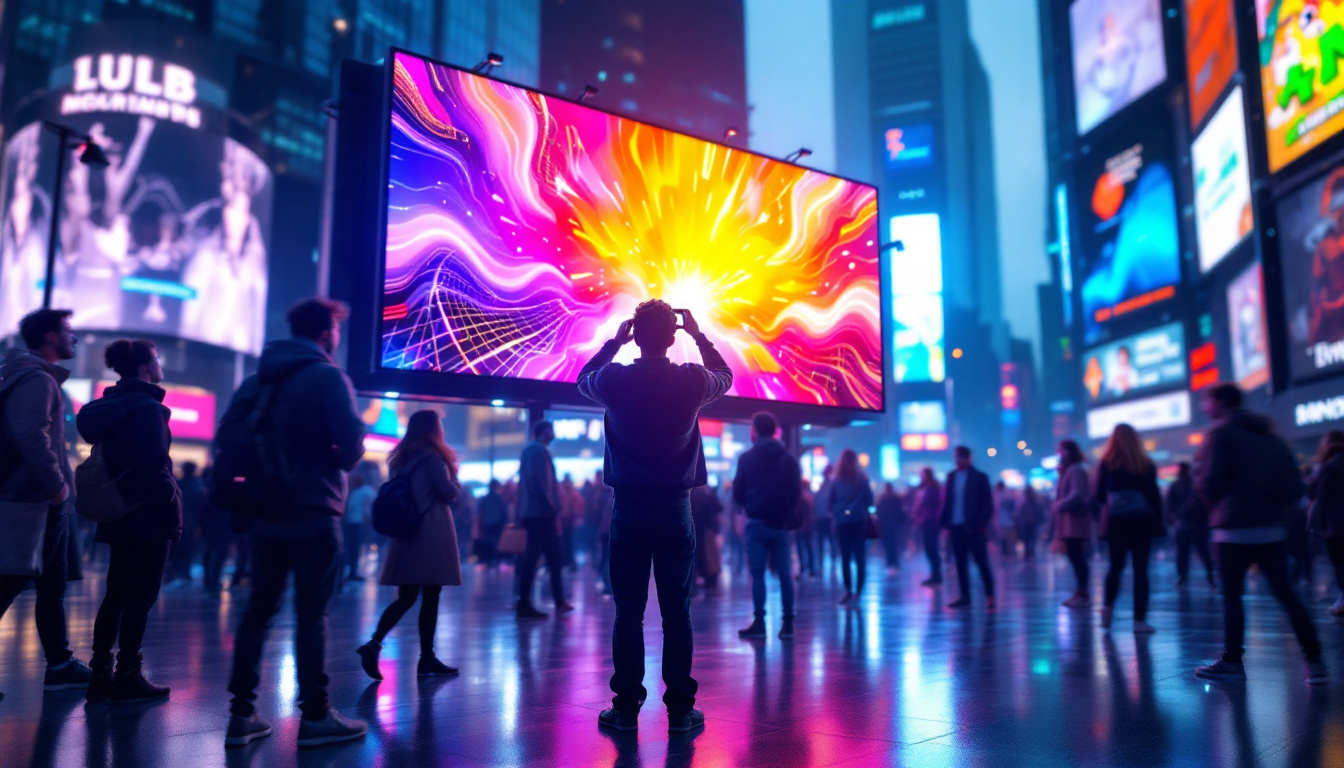How To Make A TV Wall: LED Display Explained
Creating a TV wall can transform any space into a modern, engaging environment. Whether for a home theater, a conference room, or a retail display, an LED display wall offers a stunning visual experience. This article will guide you through the process of designing and installing a TV wall, exploring the various components, considerations, and techniques involved.
Understanding LED Display Technology
Before diving into the installation process, it is essential to understand the technology behind LED displays. LED, or Light Emitting Diode, screens are popular due to their brightness, energy efficiency, and versatility. They can be used in various settings, from small home setups to large-scale commercial displays.
The Basics of LED Displays
LED displays consist of numerous individual pixels that light up to create images and videos. Each pixel is made up of red, green, and blue (RGB) diodes that combine to produce a wide range of colors. The resolution of an LED display is determined by the number of pixels per square inch, which directly affects the clarity and detail of the images shown.
Modern LED displays can be categorized into two main types: direct view and rear projection. Direct view LED displays are typically used for large video walls, as they provide superior brightness and color accuracy. Rear projection systems, on the other hand, are often used in smaller settings where space is limited.
Benefits of Using LED Displays
There are several advantages to using LED displays for a TV wall. One of the most significant benefits is their ability to deliver high-quality visuals in various lighting conditions. LED screens are known for their brightness, making them suitable for both indoor and outdoor environments.
Additionally, LED displays are energy-efficient, consuming less power than traditional LCD or plasma screens. This efficiency not only reduces electricity costs but also contributes to a lower carbon footprint. Furthermore, LED technology allows for thinner and lighter screens, making installation easier and more flexible.
Planning Your TV Wall
Once the basics of LED technology are understood, the next step is planning the TV wall. This stage involves determining the location, size, and configuration of the display, as well as the necessary equipment and installation methods.
Choosing the Right Location
The location of the TV wall is crucial for both aesthetics and functionality. Consider factors such as viewing distance, ambient light, and the purpose of the display. For instance, in a home theater, the wall should be positioned at a distance that allows for comfortable viewing without straining the eyes.
In commercial settings, the TV wall should be visible from various angles and distances. Ensure that the display is not obstructed by furniture or other objects. Additionally, consider the impact of natural light; avoiding direct sunlight can help maintain image quality and reduce glare.
Determining Size and Configuration
The size of the TV wall will depend on the available space and the intended use. A larger display can create a more immersive experience, while smaller configurations may be more suitable for limited spaces. It’s essential to measure the wall area accurately and consider the dimensions of the individual screens that will be used.
Configuration options include single large screens or multiple smaller screens arranged in a grid. The latter option allows for more flexibility in terms of content display and can create a more dynamic visual experience. However, it requires careful planning to ensure seamless integration between the screens.
Components Needed for a TV Wall
Building a TV wall involves several components, each playing a vital role in the overall functionality and appearance of the display. Understanding these components will help streamline the installation process and ensure optimal performance.
LED Screens
The most critical component of a TV wall is, of course, the LED screens themselves. When selecting screens, consider factors such as resolution, brightness, and viewing angles. High-resolution screens are essential for larger displays, as they prevent pixelation and ensure clear images.
Additionally, look for screens with narrow bezels to minimize the visible gaps between individual displays. This feature is crucial for creating a seamless visual experience, especially when displaying large images or videos across multiple screens.
Mounting Hardware
Proper mounting hardware is essential for securely installing the screens. This includes wall brackets, mounts, and support structures that can withstand the weight of the displays. Ensure that the chosen hardware is compatible with the specific screens being used and can accommodate the desired configuration.
For larger installations, consider using a video wall mounting system that allows for easy alignment and adjustment of the screens. This type of system can simplify the installation process and ensure that the displays are level and properly spaced.
Video Wall Processor
A video wall processor is a crucial piece of equipment that manages the content displayed on the TV wall. This device takes input from various sources, such as computers, cameras, or media players, and distributes the content across the screens.
When selecting a video wall processor, consider the number of inputs and outputs required, as well as the resolution capabilities. Some processors also offer advanced features like scaling and content management, allowing for more dynamic presentations and displays.
Installation Process
The installation of a TV wall requires careful planning and execution. Following a systematic approach will help ensure that the process goes smoothly and that the final result meets expectations.
Preparing the Wall
Before installing the screens, it is essential to prepare the wall. This may involve reinforcing the wall structure to support the weight of the displays, especially for larger installations. Additionally, ensure that the wall surface is clean and free from any obstructions that could interfere with the mounting process.
It’s also advisable to plan the cable management system at this stage. Organizing cables neatly will not only improve the overall appearance of the installation but also make maintenance easier in the future.
Mounting the Screens
Once the wall is prepared, the next step is to mount the screens. Begin by installing the mounting hardware according to the manufacturer’s instructions. It is crucial to ensure that each screen is level and aligned correctly to create a cohesive display.
For larger installations, it may be beneficial to enlist the help of professionals who specialize in video wall installations. Their expertise can help avoid common pitfalls and ensure that the screens are securely mounted and properly calibrated.
Connecting the Components
After the screens are mounted, the next step is to connect the various components. This includes linking the screens to the video wall processor and ensuring that all cables are organized and secured. Pay attention to the power supply and data connections, as these are essential for the proper functioning of the display.
Once everything is connected, power on the system and test the display. This is the time to make any necessary adjustments to the alignment, brightness, and color settings to achieve the best visual experience.
Content Management and Display
With the installation complete, the next step is managing the content that will be displayed on the TV wall. Effective content management is crucial for maximizing the impact of the display and engaging the audience.
Choosing the Right Content
The type of content displayed on the TV wall will depend on its intended use. For commercial settings, promotional videos, advertisements, and informational content can be effective in capturing attention. In contrast, a home theater setup may focus more on movies, games, or streaming services.
Consider the audience and the environment when selecting content. High-quality visuals and engaging narratives can enhance the viewing experience and keep viewers interested. Additionally, ensure that the content is formatted correctly to fit the resolution and aspect ratio of the display.
Scheduling and Automation
Many video wall processors offer scheduling and automation features that allow for seamless content management. This can be particularly useful in commercial settings, where different content may be needed at various times of the day.
By setting up a content schedule, businesses can ensure that the right messages are displayed at the right times, maximizing engagement and effectiveness. Automation can also simplify the process of updating content, making it easier to keep the display fresh and relevant.
Maintenance and Troubleshooting
Once the TV wall is up and running, regular maintenance is essential to ensure its longevity and performance. Understanding common issues and how to resolve them can help keep the display functioning optimally.
Routine Maintenance
Routine maintenance for a TV wall includes cleaning the screens, checking connections, and updating software. Dust and fingerprints can accumulate on the screens, affecting image quality. Use a soft, lint-free cloth and a suitable cleaning solution to keep the screens clean without damaging them.
Additionally, regularly inspect the connections and cables for any signs of wear or damage. Ensuring that everything is secure can prevent potential issues down the line. Keeping the software updated is also crucial, as manufacturers often release updates that improve performance and add new features.
Troubleshooting Common Issues
Even with regular maintenance, issues may arise. Common problems include screen flickering, color discrepancies, or connectivity issues. In many cases, these can be resolved by checking the connections and settings on the video wall processor.
If problems persist, consulting the manufacturer’s troubleshooting guide or seeking professional assistance may be necessary. Having a plan in place for addressing potential issues can help minimize downtime and ensure that the TV wall continues to operate smoothly.
Conclusion
Creating a TV wall with LED displays can significantly enhance any space, providing a captivating visual experience. By understanding the technology, planning carefully, and following a systematic installation process, anyone can create a stunning display that meets their needs.
Regular maintenance and effective content management are essential for maximizing the impact of the TV wall. With the right approach, a TV wall can serve as a powerful tool for communication, entertainment, and engagement in various settings.
Discover LumenMatrix LED Display Solutions
Ready to elevate your space with a cutting-edge TV wall? LumenMatrix offers a comprehensive range of LED display solutions tailored to your unique needs. From immersive Indoor and Outdoor LED Wall Displays to dynamic Vehicle and Sports Displays, our innovative technology is designed to captivate and engage your audience. Experience the future of visual communication with our Custom, All-in-One, and Transparent LED Displays. Check out LumenMatrix LED Display Solutions today and transform your message into a powerful visual experience.

